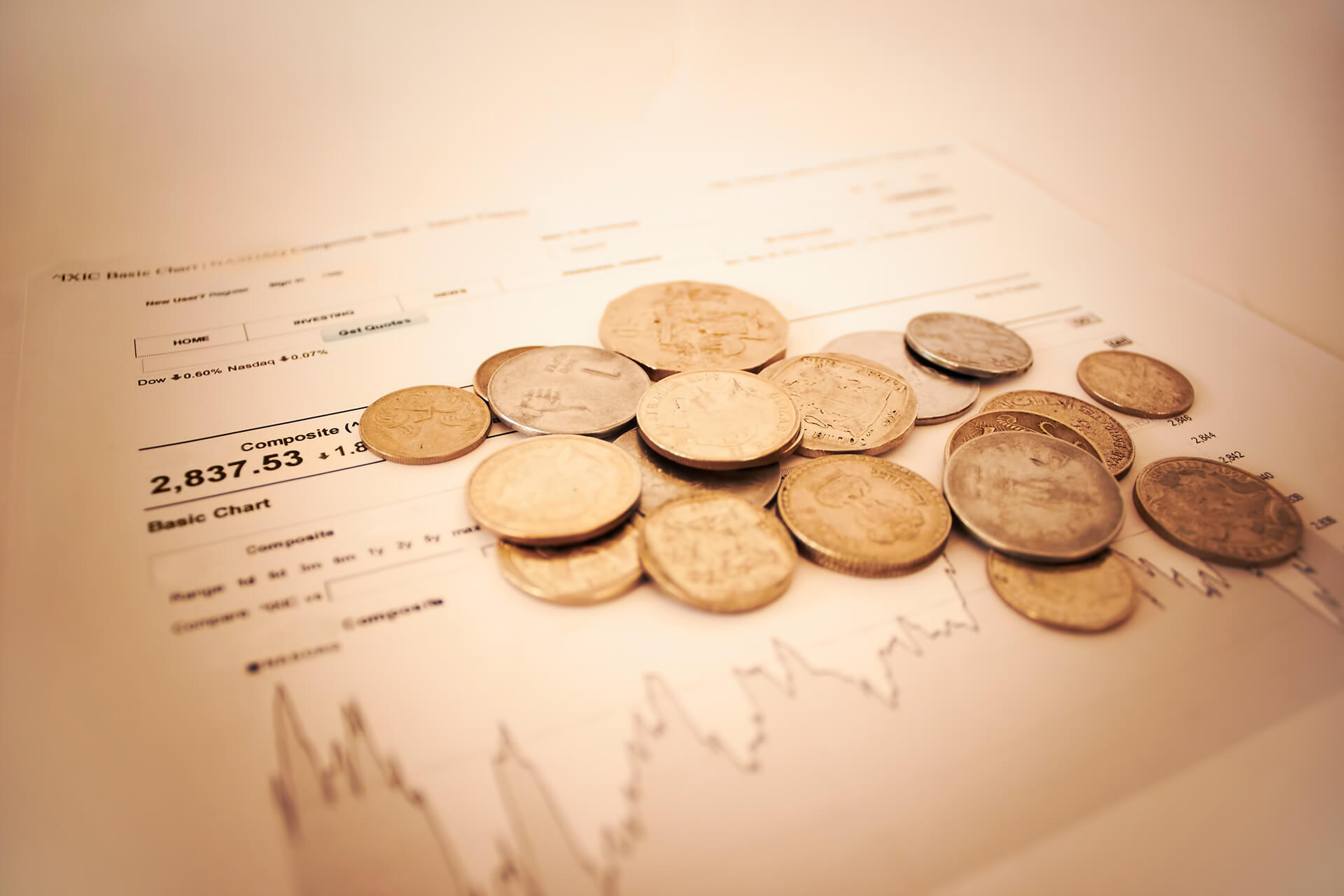Staking has already overtaken crypto-currency loans in popularity, with more than $8 billion deposited in staking wallets. The yield on some coins exceeds 50% per annum.
But what is the real profitability of this instrument, taking into account volatility? The staking mechanism in a nutshell Proof-of-Stake is a much more energy efficient algorithm than the Proof-of-Work used in the Bitcoin network. Nodes do not have to race to solve cryptographic riddles: the system itself chooses who can “mine” the next block and receive a reward.
At the same time, the chances of a node to become a validator in each cycle depend on the size of its stake, that is, the number of locked coins. The stake also serves as a guarantee that the node will “play by the rules”. Otherwise, he will lose a certain percentage of frozen coins (this mechanism is called “slashing”).
Staking is a mechanism for delegation of coins, which allows a node to increase its stake and, accordingly, income. The owner of the coins (delegator) at the same time receives a part of the additional income. It is important to distinguish staking from crypto loans. In the first case, you only delegate validation rights, but do not transfer the coins themselves. A smart contract ensures that no one steals your coins.
In the case of loans, there is a real transfer of the asset itself, and your interests are guaranteed with a collateral that exceeds the amount of the loan. How to Calculate Real Staking Yield The aggregator site Staking Rewards has more than 100 staking coins, and the nominal interest rate can exceed 50% per annum: However, as an investor, you should not be concerned about the nominal, but the actual yield.
And it depends primarily on the dynamics of the price of the coin. If the asset depreciates, then the nominally high income will turn out to be a “soap bubble”.
How to calculate actual ROI? You need to multiply the nominal yield by the price change. In mathematical form, it looks like this. Let’s say that P0 is the price of the coin at the time the stake was created, and P1 is the final price at the time the stake was liquidated.
It is possible to express P1 as kP0, where the coefficient k=P1/P0.
Further, let’s assume that S0 is the initial number of coins in the stake, and S1 is the number of coins at the time the stake was liquidated, that is, including the accumulated interest.
You can express S1 as iS0, where the coefficient i=S1/S0. The coefficient is the nominal rate of return, expressed not as a percentage, but as a decimal fraction.
For example, if the rate is 7%, then i=1.07.
With the help of simple mathematical transformations (which we will omit in order to save space), we get that ROI = i*k. For example, if the rate of return is 10% and the price has increased by 20%, then ROI = 1.1*1.2=1.32 or 32%. It is important to note that this calculation does not take into account the commission of the staking site.
These include both exchanges (such as Binance, KuCoin, and Waves.Exchange) as well as specialized sites such as Stake.Fish and Stake.US.
The nominal yield of any asset on different platforms, already taking into account the commission, can be viewed on the same site.
Should I invest in staking? Staking, like any investment vehicle, involves risk. However, if you choose the right coin, you can really get a high passive income. In this regard, staking is preferable to, say, buying tokens in an IEO.



